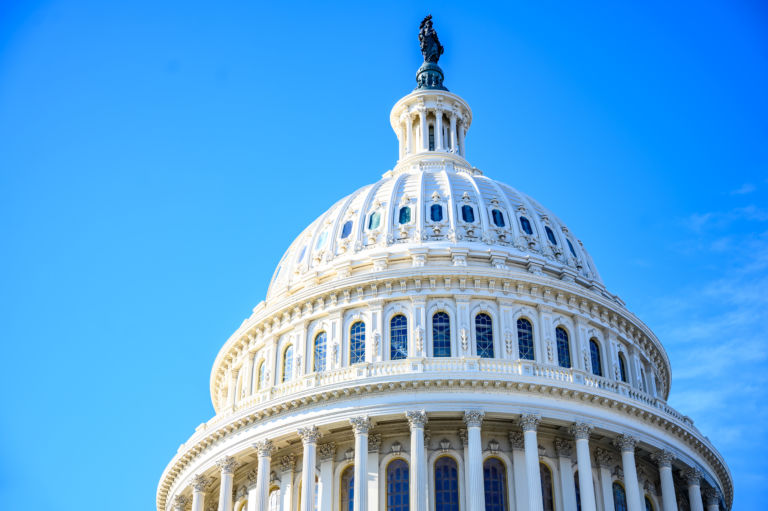Ali Meyer of the Washington Free Beacon highlights disturbing data about American household debt.
Total household debt climbed by $226 billion in the fourth quarter of 2016, rising to $12.58 trillion, according to a report from the Federal Reserve Bank of New York.
The $12.58 trillion in household debt today is only 0.8 percent shy of its 2008 peak at $12.68 trillion, when the United States was in a recession. The increase in debt in the fourth quarter of 2016 is the largest quarterly increase since the last quarter of 2013.
Most of the increase was due to credit card debt, followed by student loans. According to the report, credit card balances increased by 4.3 percent since the previous quarter, and student loan balances increased by 2.4 percent.
In the last quarter, credit card balances increased to $779 billion overall, while student loan debt balances rose to $1.31 trillion. The report also finds that 11.2 percent of student loan debt was 90 or more days delinquent or in default.
The other contributors to household debt were auto loan balances and mortgage debt. While auto loan balances increased by 1.9 percent to $1.16 billion, mortgage debt increased by 1.6 percent to $8.48 trillion.
While mortgage debt saw the smallest percentage increase in debt, it takes up the largest share of household debt as a whole. The $8.48 trillion in mortgage debt is more than half of the $12.58 trillion total of household debt.
“Debt held by Americans is approaching its previous peak, yet its composition today is vastly different as the growth in balances has been driven by nonhousing debt,” said Wilbert van der Klaauw, senior vice president at the New York Fed.


